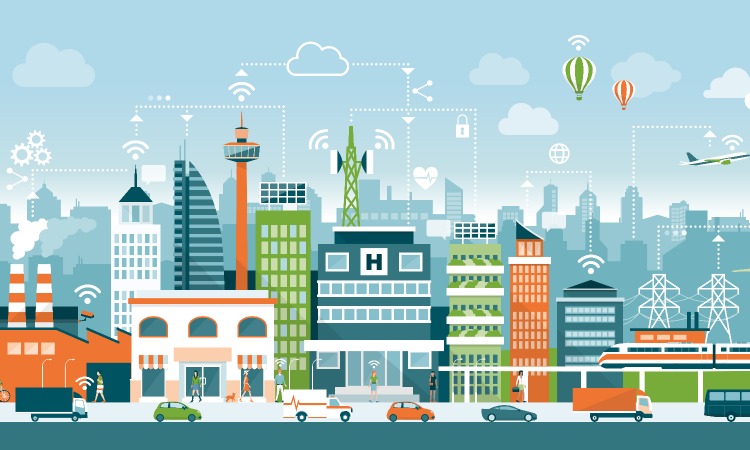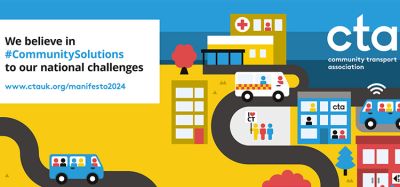Landmark plan sets out steps to decarbonise transport in South East England
- Like
- Digg
- Del
- Tumblr
- VKontakte
- Buffer
- Love This
- Odnoklassniki
- Meneame
- Blogger
- Amazon
- Yahoo Mail
- Gmail
- AOL
- Newsvine
- HackerNews
- Evernote
- MySpace
- Mail.ru
- Viadeo
- Line
- Comments
- Yummly
- SMS
- Viber
- Telegram
- Subscribe
- Skype
- Facebook Messenger
- Kakao
- LiveJournal
- Yammer
- Edgar
- Fintel
- Mix
- Instapaper
- Copy Link
Posted: 21 June 2022 | Intelligent Transport | 1 comment
Once finalised, this £45 billion plan will support the South East’s economy over the next 27 years, providing new jobs, homes and opportunities, all supported by an integrated transport network.


Transport for the South East (TfSE) has launched a 12-week public consultation on a £45 billion plan that sets out the steps to decarbonise the transport system across the region, support left-behind communities and facilitate sustainable economic growth in South East England.
Over the last five years TfSE has worked with a huge range of partners including local authorities, local enterprise partnerships (LEPs), district and borough authorities, national parks and other protected landscapes and representatives from National Highways, Network Rail and Transport for London. Together they have investigated the issues, challenges and opportunities identified in their transport strategy (2020) in more detail to identify a shortlist of integrated transport interventions that will make life better for people, businesses and the environment.
This new plan is the culmination of that work and recognises a need for greater connectivity between the major economic hubs, international gateways and their markets, as well as a more resilient and reliable transport network that can better manage demand, incidents and extreme weather and the infrastructure that will support the decarbonisation of the transport system.
WMCA announces £88 million plan to transform bus services across West Midlands
With a total capital cost of £45 billion over 27 years, the plan proposes that the transport interventions included in this plan alone will generate 21,000 new jobs; an additional £4.1 billion growth in gross value added (GVA) a year by 2050; an additional 550,000 rail trips a day, as well as 1.6 million bus, mass transit and ferry trips a day; while taking more than four million car trips a day off the roads of the South East.
“Our plan is ambitious, but it is achievable. It is an investment plan that for the first time looks at all modes and goes beyond boundaries to consider connectivity across the whole of the South East,” said Councillor Keith Glazier, Chair of TfSE. “Once finalised, this plan will be the blueprint for future investment in strategic transport infrastructure for the next thirty years. It will support the South East’s economy to more than double over the next 30 years. It provides the potential for new jobs, new homes and new opportunities – all supported by a modern, integrated transport network. Creating a prosperous, confident South East where people want to live, work, study, visit and do business.”
If you liked this, you may also be interested in:
▶ Scottish government releases second Delivery Plan for National Transport Strategy
▶ BART Board approves two-year budget focused on rider experience
Related topics
Air Quality, Alternative Power, Fleet Management & Maintenance, Mobility Services, Public Transport, Sustainable Urban Transport
Related modes
Bus & Coach, Rail
Related cities
South East England
Related countries
United Kingdom
Related organisations
National Highways, Network Rail, Transport for London, Transport for the South East (TfSE)
Related people
Keith Glazier









The best way to decarbonise public transport in urban areas is the conversion of bus routes into tram and trolleybus. This country is decades behind the continent of Europe and many countries around the world. They recognised this and are now enjoying the fruits of their endeavour while we will remain in the dark ages for years to come. The bus is not the solution as the main provider for our urban transport needs but should be used to feed into fully electrified alternatives; tram and trolleybus.